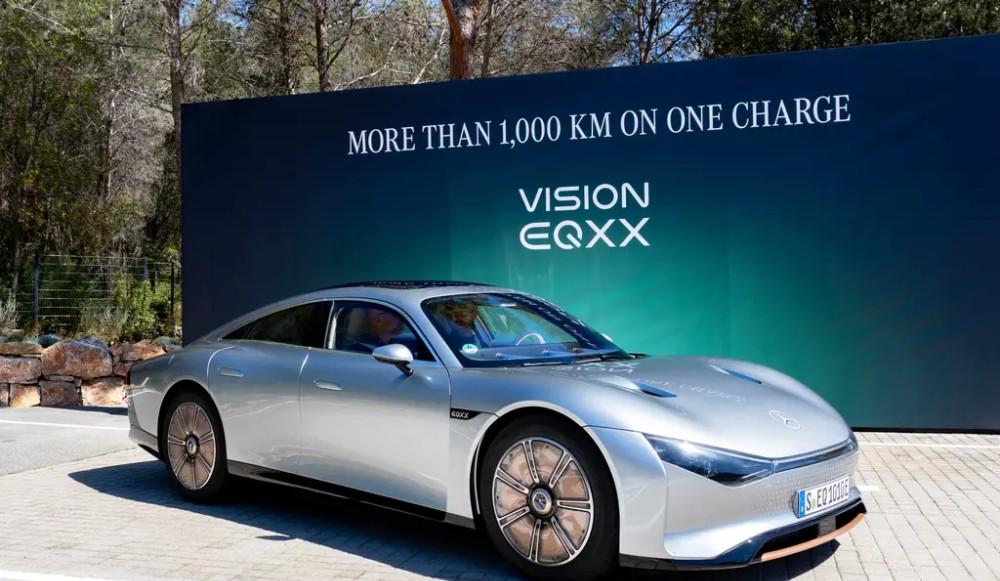Although the solar and electric vehicle markets are growing rapidly and the technology is becoming more and more mature, there has been no major breakthrough in solar cars. And in the foreseeable future, solar cars will still be only concept models and will not enter the ordinary consumption level.

Without compromising the design, automakers have made some progress by adding solar cells to power the car. For example, vision EQXX concept cars like Mercedes-Benz and Hyundai's Sonata use solar cells embedded in the roof.
Unfortunately, these solar cells do not provide enough power to drive the vehicle forward, but are only used as auxiliary power sources.
In June 2021, Engineering Explained released a video showing that while the Earth could receive 173 trillion kilowatts of electricity per hour, existing technology could not convert it into the power that drives cars.
Engineering Explained cited the Tesla Model 3 as an example to show that if the car's roof was equipped with solar cells, it would actually only generate about 1.5 kilowatts of electricity. This will enable the vehicle to travel endlessly at a top speed of 12 miles per hour. At this rate, if you stop in perfect sunlight conditions, the battery will take 8.3 days (200 hours) to be fully charged.
The problem with solar energy is that most of it is lost on the way. For example, only 55% of solar energy reaches the Earth's surface; the rest is lost, reflected, or absorbed by the atmosphere. Another major loss of energy efficiency occurs during the operation of solar cell technology. By 2022, solar panels will be at their highest efficiency of 20 to 25 percent. Other factors, such as nighttime, cloud cover, and the tilt of the equator or polar regions, can greatly affect the amount of electricity generated.
Of all these factors, only solar cell technology can be improved. The U.S. Department of Energy explains that conversion efficiency refers to the percentage of solar energy irradiated on the device that is converted into usable electricity. A study published in Advances in Photovoltaic Technology shows that the technology has improved significantly since 1941, when solar panels were only 1% energy efficient. However, science shows that until a major breakthrough is made in solar conversion, a solar car will be just a dream.